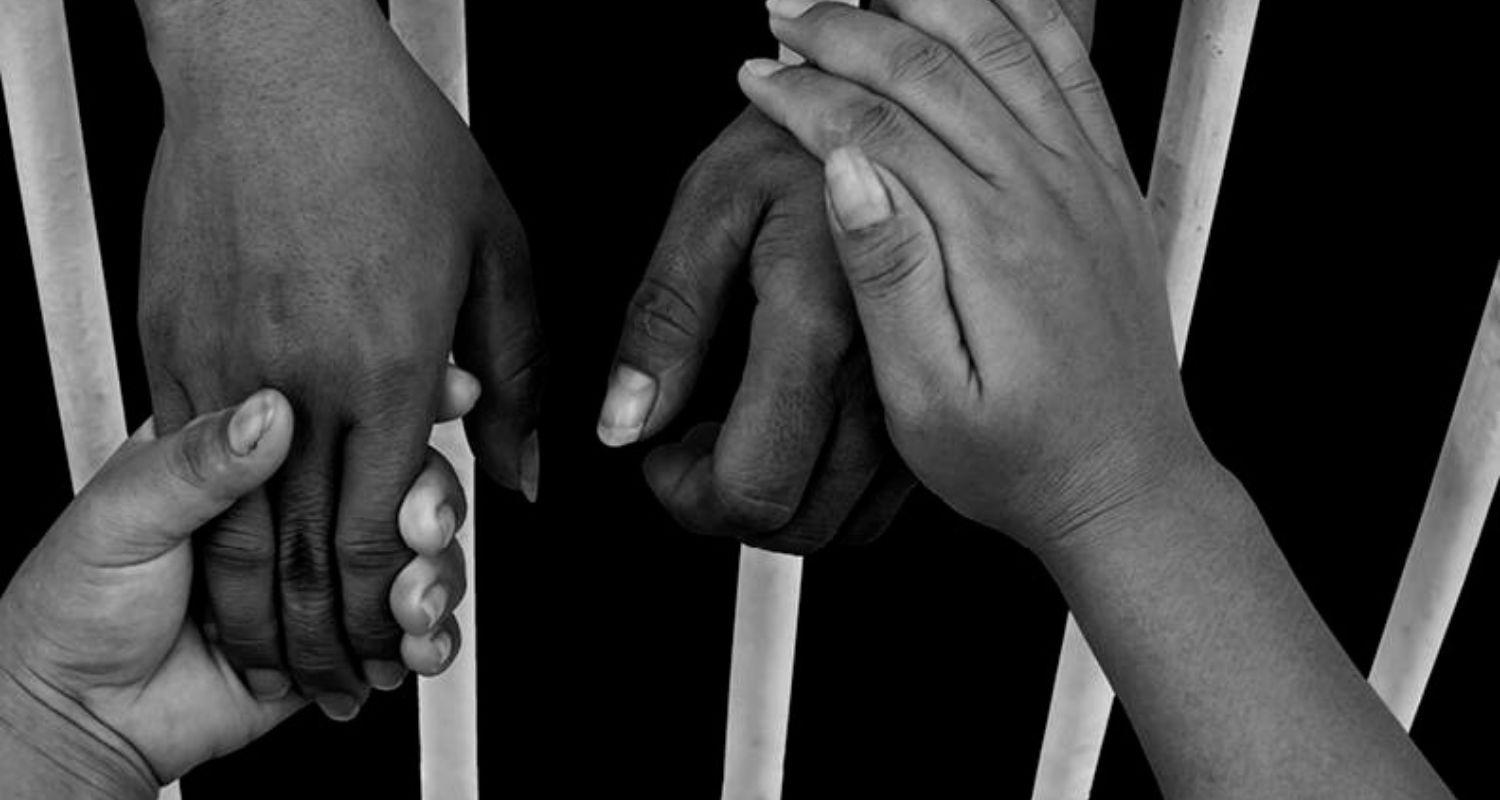After nearly four decades of waiting, Kevin Cooper stepped out of the infamous San Quentin State Prison, a place he called home for 39 years. His new destination? California Health Care Facility, Stockton (CHCF), a medicalized penitentiary. The change, he describes, is akin to moving from hell to a semblance of heaven.
But this isn’t just about Cooper. He’s one of 636 individuals on death row in California, a state known for its large death row population. Despite being a predominantly blue state, California still upholds capital punishment, albeit with no executions since 2006.
The last execution took place in 2006, yet California continues to sentence individuals to death, leading to a crowded death row. This prompted Governor Gavin Newsom to announce the dismantling of San Quentin’s death row, distributing its population across various prisons in the state.
The process of relocation, which began in 2020, has been met with mixed feelings. For some, like Cooper, it offers a glimpse of better living conditions. For others, it disrupts decades-long routines and raises concerns about accommodation and treatment.
Cooper’s case is particularly contentious. Convicted for a crime he maintains he didn’t commit, Cooper’s journey through the justice system has been marred by irregularities and doubts. Despite extensive efforts by legal teams and prominent figures like Kim Kardashian, questions surrounding his guilt persist.
Recent developments, including an innocence investigation and shifts in public opinion on capital punishment, offer a glimmer of hope for those on death row. District attorneys in California are overturning death sentences, citing concerns of racial bias and prosecutorial misconduct.
The possibility of a universal pardon from Governor Newsom looms, potentially signaling the end of the death penalty in California. As the state grapples with its stance on capital punishment, the dismantling of San Quentin’s death row marks a significant shift in its approach to criminal justice.
For individuals like Cooper, the transition from San Quentin represents more than just a change of scenery. It symbolizes the ongoing struggle for justice, fairness, and humanity within the confines of the criminal justice system.
As California navigates the complexities of its death penalty policy, the fate of those on death row hangs in the balance, waiting for a resolution to their decades-long ordeal.

